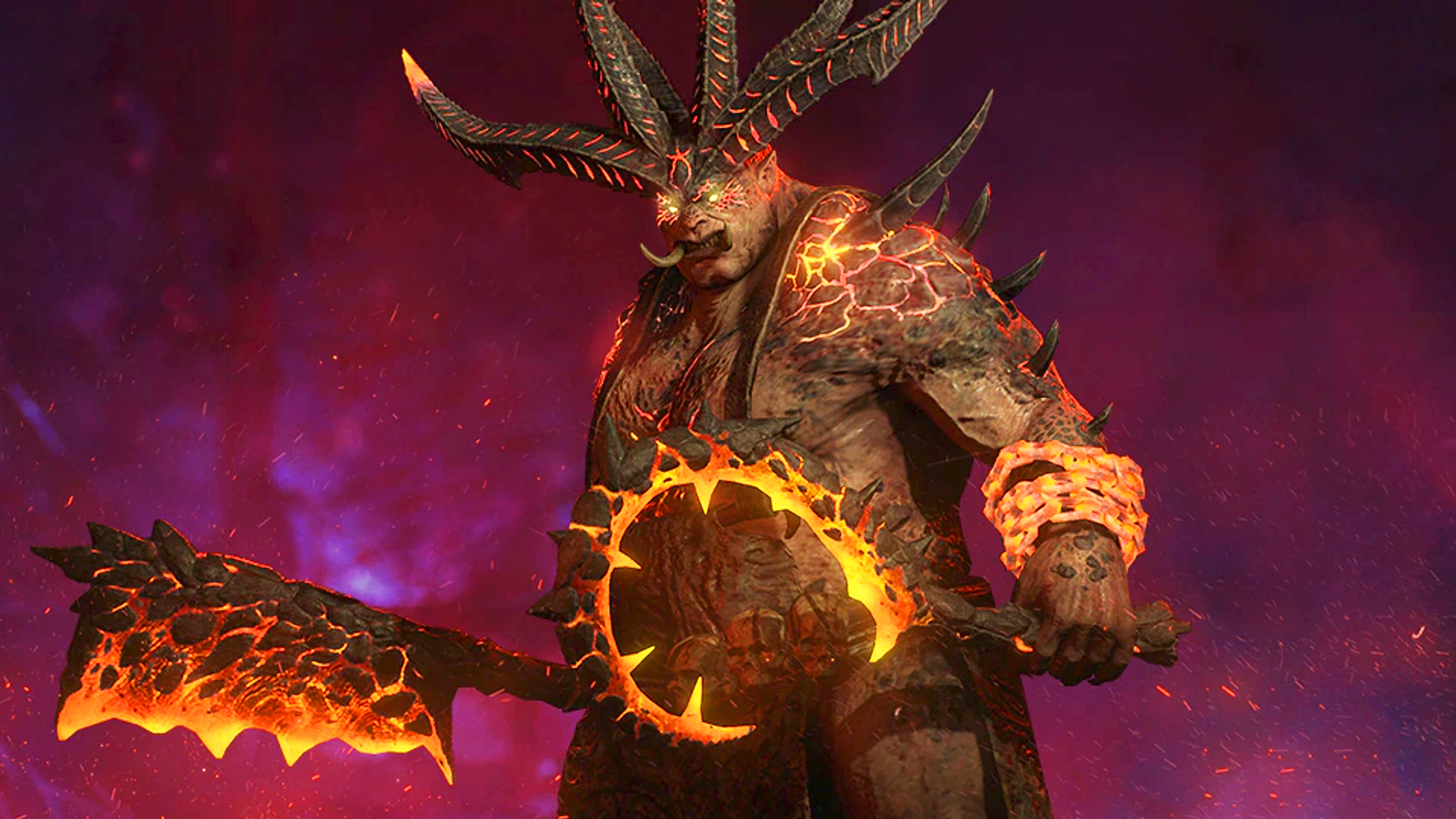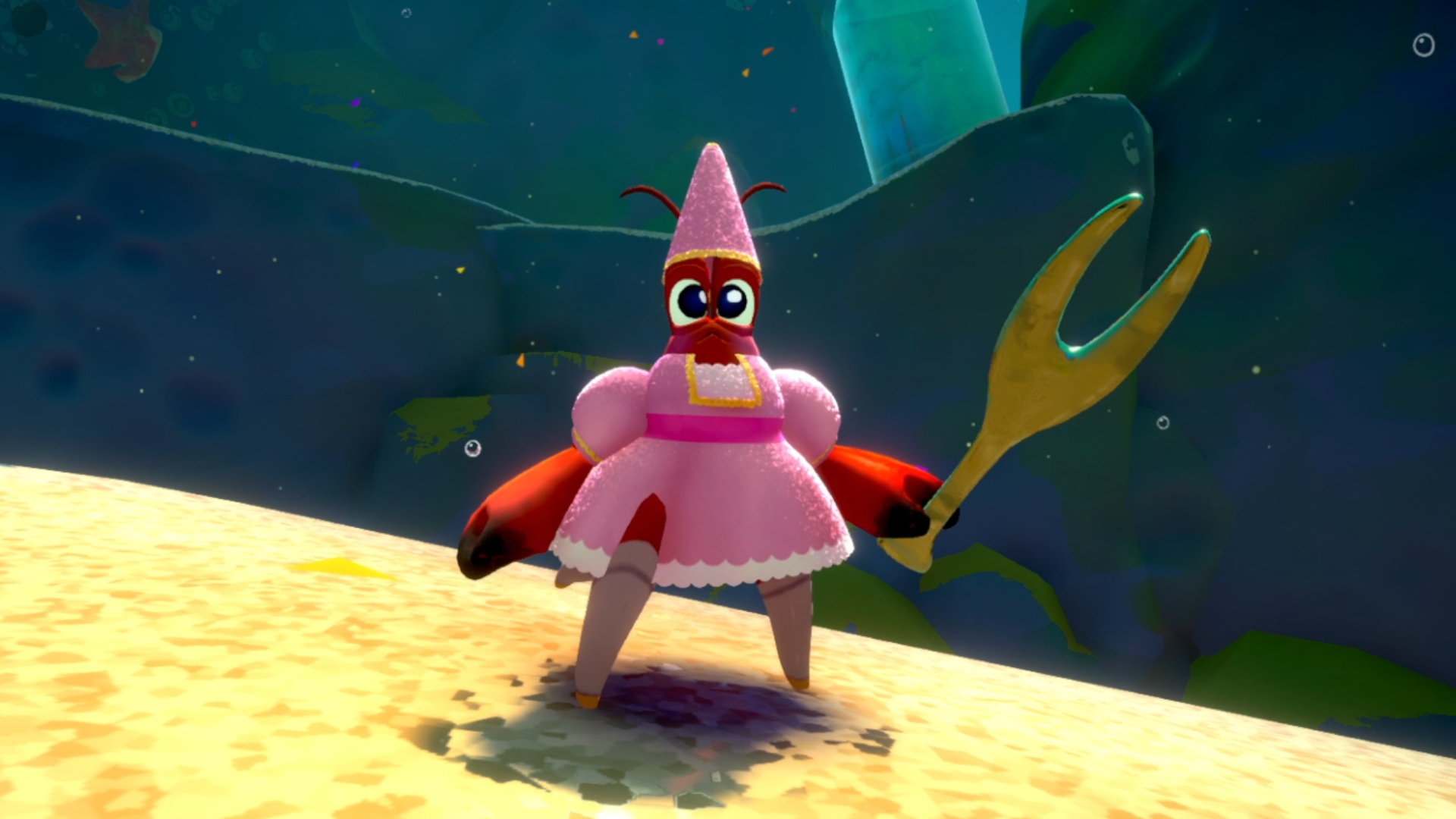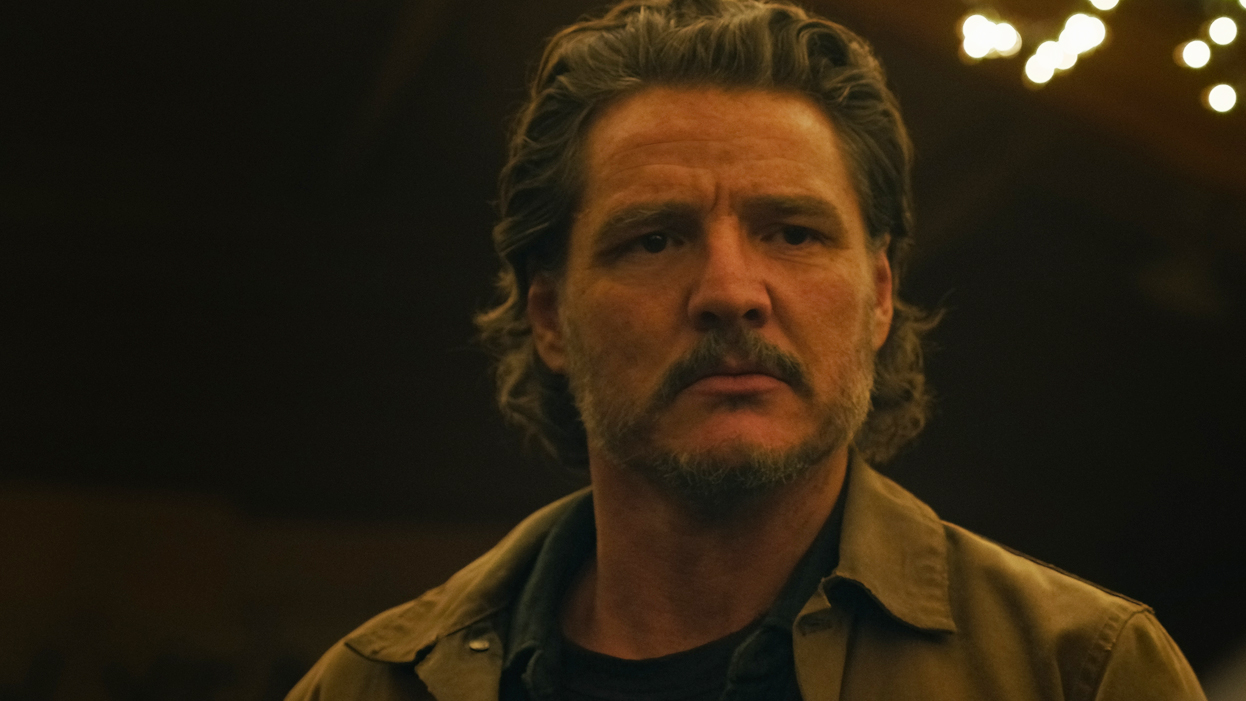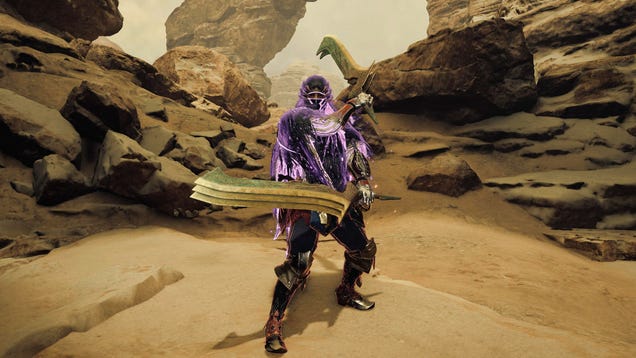
Twisters Review
An in-name-only follow-up to Twister – Jan de Bont’s theme park ride-spawning disaster movie from 1996 – Lee Isaac Chung’s Twisters is a different kind of ride. Its weather-related mayhem is less visually appealing than de Bont’s, but it remains rooted in a solid dramatic throughline, which gives way to gripping vistas that help overcome its aesthetic shortcomings. The storms never quite seem real, but they’re made to feel real, thanks to the movie’s characters and lead performances. It’s one heck of a summer blockbuster despite itself.
Twisters isn’t so much a nostalgic “legacy” sequel (even if it does star Top Gun: Maverick’s Glen Powell) as it is a spiritual one. Apart from a minor Easter egg early on, the characters in Twisters have no connection to those in the original film. Daisy Edgar-Jones plays Kate Cooper, an ambitious meteorologist with a seeming sixth sense for wind and weather patterns, who hopes to cure her home state of Oklahoma of its cyclone plague. The film falls on the sillier side of things where science is concerned – Kate’s scheme involves dissipating swirling air masses by chemical means – and it doesn’t ever acknowledge the real-world climate concerns that have led to an uptick in natural disasters, though that’s easy enough to infer.
With a band of happy-go-lucky colleagues in tow, Kate comes achingly close to a breakthrough, but a harrowing misstep leaves her in emotional paralysis. Years later, the once smalltown, fun-loving storm chaser finds herself working in a New York office, until her old friend Javier (Anthony Ramos) lures her back into the field with a new twister-mapping technology and its promise of figuring out weather phenomena up close. If the well-meaning Javier and the uniformed, Bluetooth headset-equipped employees of his company Storm Par – including David Corenswet’s amusingly stern Scott – can surround a tornado in time, they can image it from all angles, which is where Kate’s predictive abilities come into play. This also presents a compelling hook: In order to actually help other people, Kate must once again chase the very danger that nearly took her life, and sent her adrift.
Things start to get complicated, and more competitive, when Storm Par ends up neck and neck with a reckless band of storm-chasing YouTubers – a real modern phenomenon – led by Powell’s debonair cowboy, Tyler Owen . With his rustic, bohemian crew, made up of wonderfully energetic supporting actors like Brandon Perea (Nope), Sasha Lane (American Honey), Katy O’Brien (Love Lies Bleeding) and singer-songwriter Tunde Adebimpe (Marriage Story), the cocksure Tyler takes nature by the horns for his millions of subscribers, leading to a rivalry between him and the more practically-minded Kate and her new buttoned-up comrades.
However, this dynamic – an inversion of the original film, which pits scrappy heroes against a homogenous team with corporate backing – soon gives way to an uneasy (if necessary) camaraderie. It’s hard not to read it as a metaphor for the movie itself, which sees indie darling Chung in an uneasy handshake with the studio powers that be, while still finding some semblance of soul in the process.
The key difference between the original and sequel is one of scope. While Twister was pared down, with a focus on storm-chasing for an altruistic cause, Twisters deftly dramatizes the wider fallout of each natural disaster, taking numerous quiet detours into ravaged towns. This adds a distinctly human element to the proceedings. It isn’t all fun and games, even though it’s hard not to enjoy Tyler and his thrill-seeking exploits, especially as seen through the lens of the posh London journalist covering him up close (a meek, mild-mannered Harry Hadden-Paton). However, as the film unearths new layers to Tyler, and hints at nefarious dimensions to Javier’s business (though these are never quite expanded upon), Kate’s return to her old life becomes complicated, as new and unexpected paths open up before her.
These elements of the story really exist to prop up the action, but they do so with aplomb. Kate is vital to this, and she drives each twist and turn through decisions informed by her painful past. It also helps that Edgar-Jones is wonderfully expressive, even though the movie seems fated to skip past any and all quiet respite aimed at endearing us to its characters. Sadly, Twisters has no meaningful equivalents of the original’s iconic breakfast scene, where the character dynamics are allowed to flourish, rendering the supporting cast more “types” than three-dimensional people.
Thankfully, Chung, whose Oscar-nominated Minari proved him capable of balancing fine-tuned drama, also excels at spectacle. He and cinematographer Dan Mindel surmount some glum natural landscapes and sorry-looking CGI storms by capturing the action through a human perspective. After giving us the lay of the land through sweeping drone shots and Tyler’s YouTube footage, and building vicarious thrills as each storm approaches, the camera zeroes in on deeply personal moments of sheer terror when havoc hits. The camera locks to eye level, or near to the ground, and gazes upward as nature sends debris and heavy machinery flying helter skelter. It is, at times, quite terrifying, and absolutely worth watching in a theater with booming sound.
Twisters is, at times, quite terrifying.
All the while, the story remains rooted in the question of what, if anything, Kate (or any of us) can even do in the face of such overwhelming odds. However, this undercurrent of climate defeatism serves as a launchpad for a tense and wildly fist-pumping finale, involving one of the most galaxy-brained ploys you’re likely to find in an ostensibly “grounded” summer movie.
Twisters is to its predecessor what Top Gun: Maverick was to Tony Scott’s Top Gun. (The movies have more in common than just Powell: Joseph Kosinski was set to direct this one after Maverick, and receives a “story by” credit on the screenplay.) It’s far less picturesque, and doesn’t rival Twister’s fun hangout vibes, but it also takes an approach that requires (and achieves) far more dramatic coherence, and a more traditionally engrossing story. It’s all a matter of approach, and Chung and de Bont’s perspectives on crafting a disaster movie can best be summed up by scenes that put the big screen on the big screen. In the original Twister, a drive-in movie theater is the setting for wide-scale destruction. A movie theater factors into the sequel, too, but as a more intimate dramatic setting, and a refuge for its characters amidst the all-consuming chaos.








